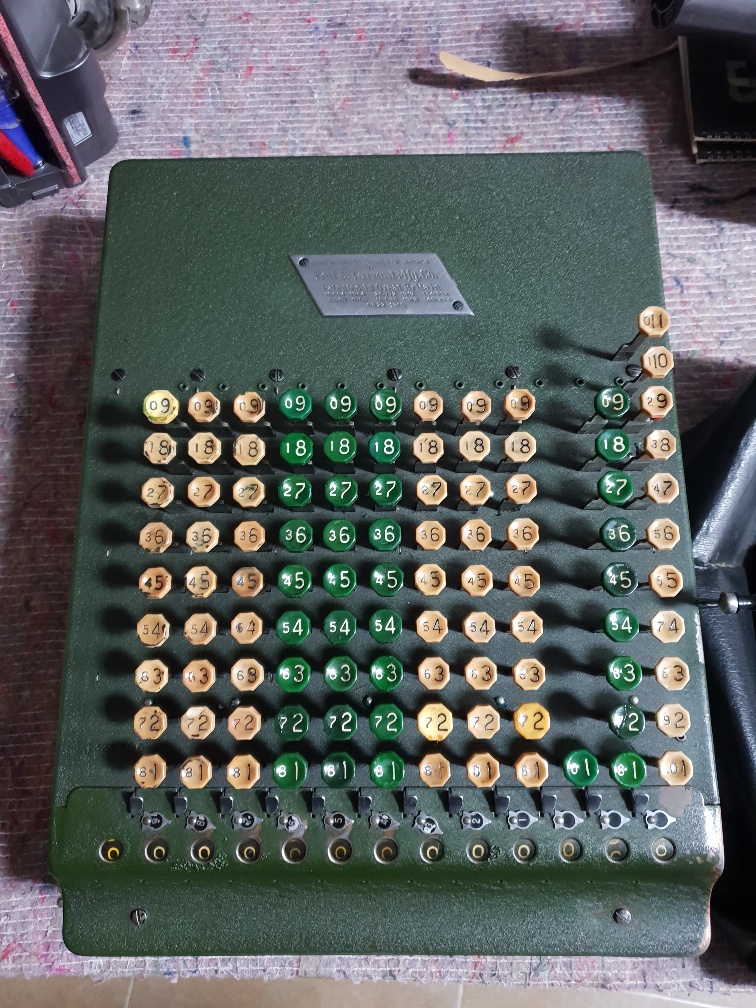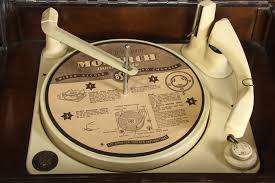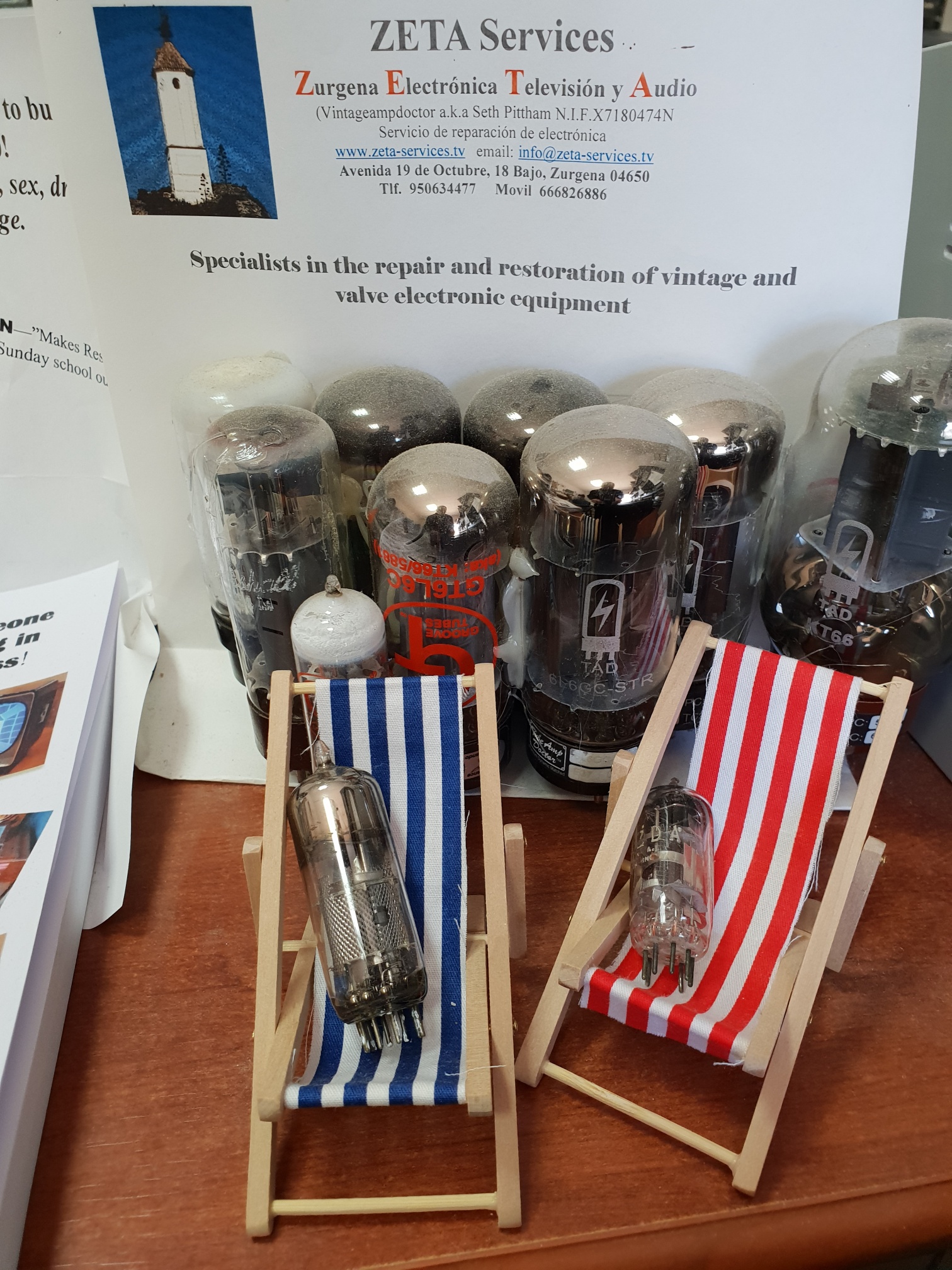There comes a time, inevitably, when your old TV set eventually goes to meet its´ maker either suffering a serious illness or being beyond economical repair. In the ’50s and ’60s TV sets were not overly reliable so renting was the best option. In ’67 we saw colour TV enter the scene. These sets were initially a mix of transistors and valves, more valves. Now, loads of heat was developed which, as I will discuss later, is not a good thing to have! In the ’70s – ’80s, sets had become all solid state (transistors and Integrated Circuits). A large percentage of sets were made in Japan and the far east and were reliable. Buying was a more economical bet and rental shops became history.
So, what to buy nowadays? Your old type TV (glass tube type) probably gave you 10 years service without fuss. Things are not quite the same present day. So, here are a few things to look out for.
Firstly, LCD, Plasma, LED etc..
LCD technology is similar to the screen on your laptop. A layer of liquid crystals are sandwiched between layers of glass in front of a backlit screen. Light comes from tiny fluorescent tubes. The crystals flip open when required, letting light through.
Plasma technology is based on tiny cells, red, green and blue. When energised by a high voltage, the gas in the cells, very quickly turn to plasma, causing the pigment in the cell to shine.
LCD (LED backlight) is similar to LCD above, but the back light comes from thousands of little LEDs. These LEDs are similar to the ones in those bright torches.
LED Technology is the latest. The screen is based on tens of thousands of tiny LEDs, red, green and blue. What you see here, like plasma, is a direct light source.
Some, pros, cons and so on.
Depends on what you want the set for. Lets assume that any set bought is HD ready (higher resolution, but only if you have a HD source!).
Reliability. By nature of the way they work, Plasma TVs generate more heat than the other types. As I said, that’s not a good thing with electronic gear. A set could consume say, 300 watts. 60 of which comes out the front as light, the rest heats up the front room. With LCD sets, the heat is mainly generated in the backlight tubes and the associated power supply and drive systems. The sets consume less power and therefore generate less heat. LCD (LED backlight) sets use less power still. LED sets are probably the most efficient and heat is minimal. So, from my experience and general industry feeling; LCD is probably more reliable than Plasma, LED being new technology, not enough data as yet.
What to buy. If you want a smallish (less that 32″ say) TV for the kids, bedroom, games and so on, then a LCD set is probably wise from a cost point of view. For a main living room, where you are looking at a 42″ or more, then a plasma may be best. LED would be equally as good, but you will need a slightly larger wallet..
Picture quality
One thing to look for when buying a flat screen set, is how it deals with a high speed motion picture or images. The picture you see has been massively digitally processed. A mark of the set’s quality is the speed at which all the data can be handled. Get yourself a DVD of some fast action scenes. Waterfalls are great testers. If the image is all juddery, you may find it annoying. Some sets have a built in test image for sales reasons. They invariable are stationary or slow motion. I wonder why?!
Some things to think of!
1. If the set is for games, best get a LCD or LED (if you can afford it). Plasma screens can be susceptible to screen burns, where a still bright image stays on the screen in the same place. LCD and LED will not suffer this.
2. Make sure that you leave ventilation around the set. Don’t place it with the back facing a window where the sun comes in. That can add 30 degrees to the working temperature. Don’t mount it above a hot fireplace.
3. Warranty. Make sure you know exactly what the warranty consists of, how long it runs and what happens when the set packs up. Do you have to take it to a repair agent (miles away), does a man in a van come out… Make sure it’s written down! Keep the invoice! I have no hidden agenda in recommending suppliers. I have to be totally unbiased. Suppliers such as Hiper Ocio in Albox have excellent prices and, a warranty and personal service which takes the pain away when buying.
4. It’s worth using a UPS (uninterruptible power supply) in the mains supply. The rating of the UPS will depend on the size of TV and or the number of appliance connected to it. Contact me for advice if you wish. This will prevent mains disturbances damaging the set.
5. When transporting Plasma sets, always keep them upright. Don’t lay them down on their screens or backs.
6. As rough guide, a LCD or Plasma, on average, tends to run for about 3-4 years, before you have to attend a fault. You may want to factor that in.
7. When buying a set, if it is going to be your main set, get a branded name. Panasonic, Philips, Pioneer if you have some extra cash, would be worth considering. Having said Philips, I have heard that they are pulling of of the TV market. LG spares are probably more widely available. Many sets use LG chassis, badged as different names. I am not saying supermarket brands are poor quality. For a second low usage set, that would be fine. Some of these sets use internal parts made by big manufacturers such a s Vestel and are good value. However, you can never be sure. Again, buying from these big chains, check the warranty terms.
So, I hope the above helps. If you want any help, always give me a call or drop me line.








